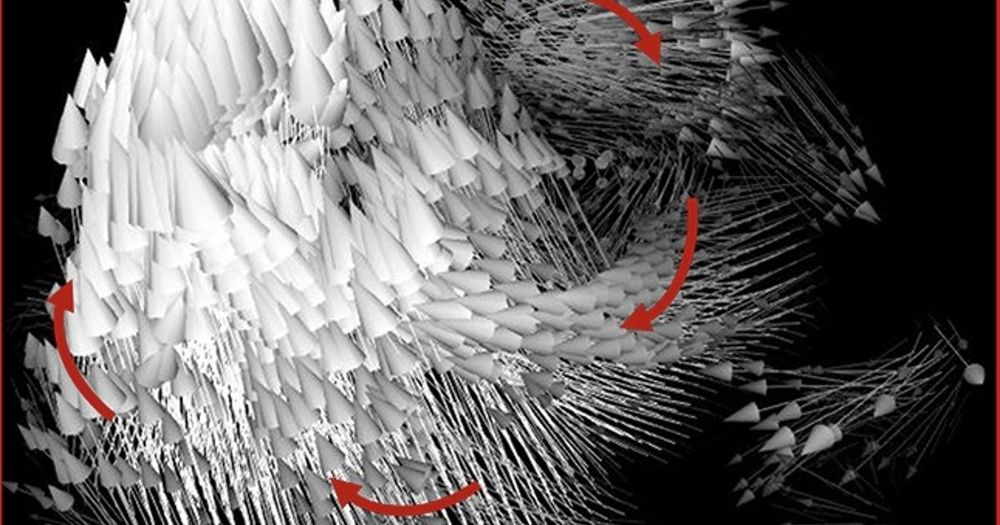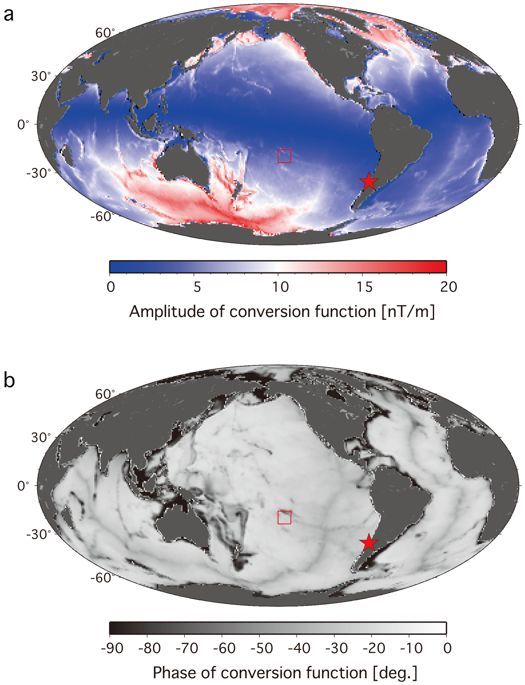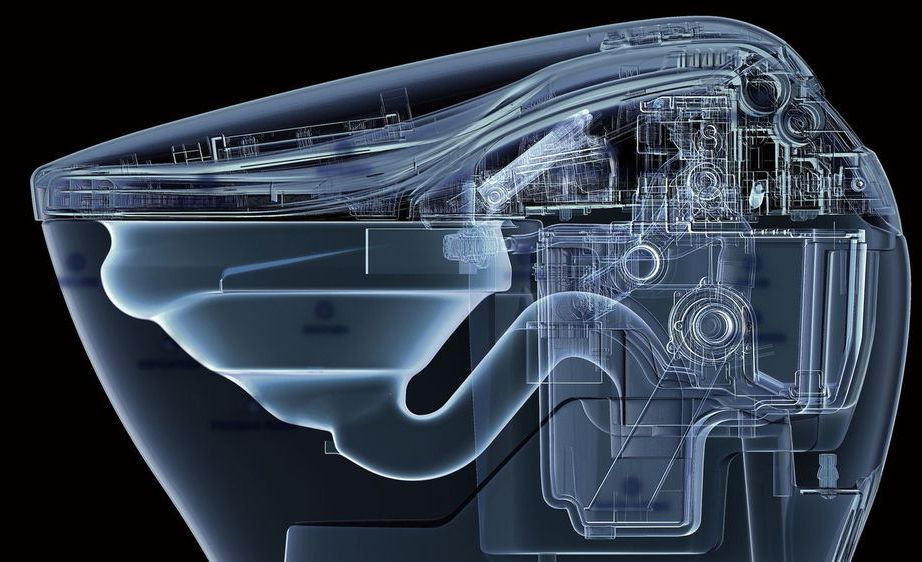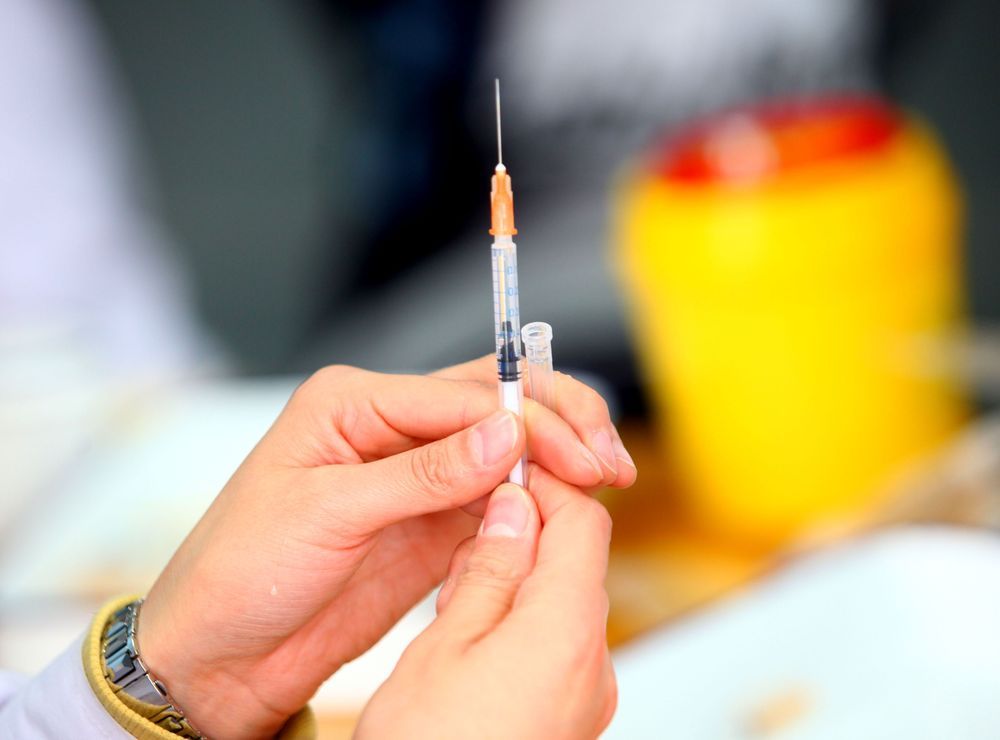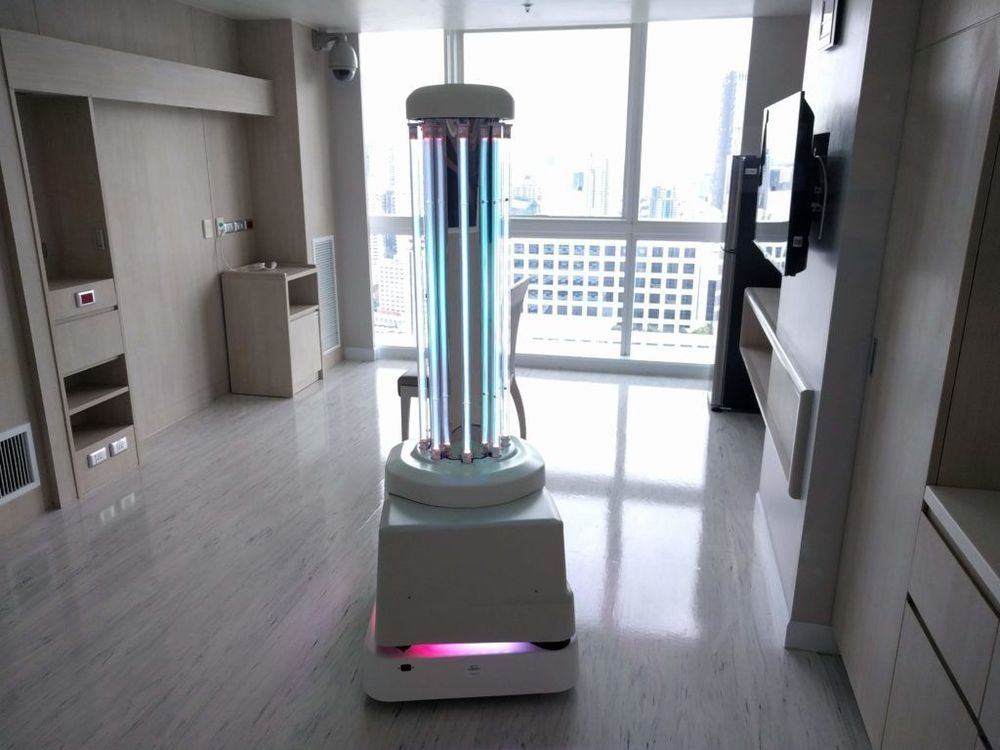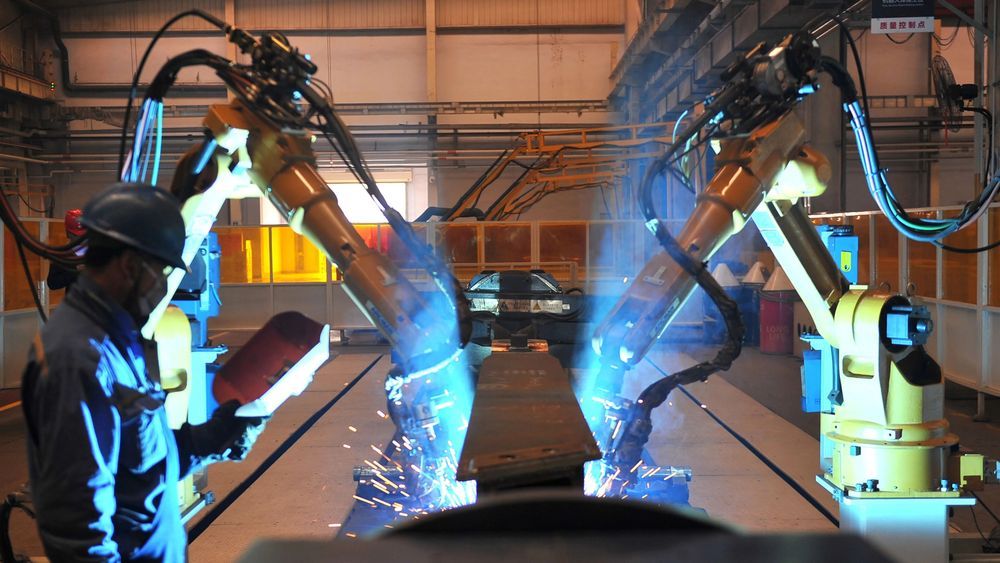Feb 27, 2020
4D images reveal men and women have key differences in 1 vital organ
Posted by Kelvin Dafiaghor in category: biotech/medical
The study was published Thursday in the journal Radiology: Cardiothoracic Imaging.
Glimpsing the impossible
To get a closer look at the heart’s blood flow than ever before, the research team used a sophisticated imaging technique called four-dimensional (4D) flow MRI. In real-time, the 4D flow MRI documents blood’s turns, twists, and speed as it moves through the heart. The approach provided results that “could not otherwise be obtained with standard clinical measurements,” Rutkowski says.
